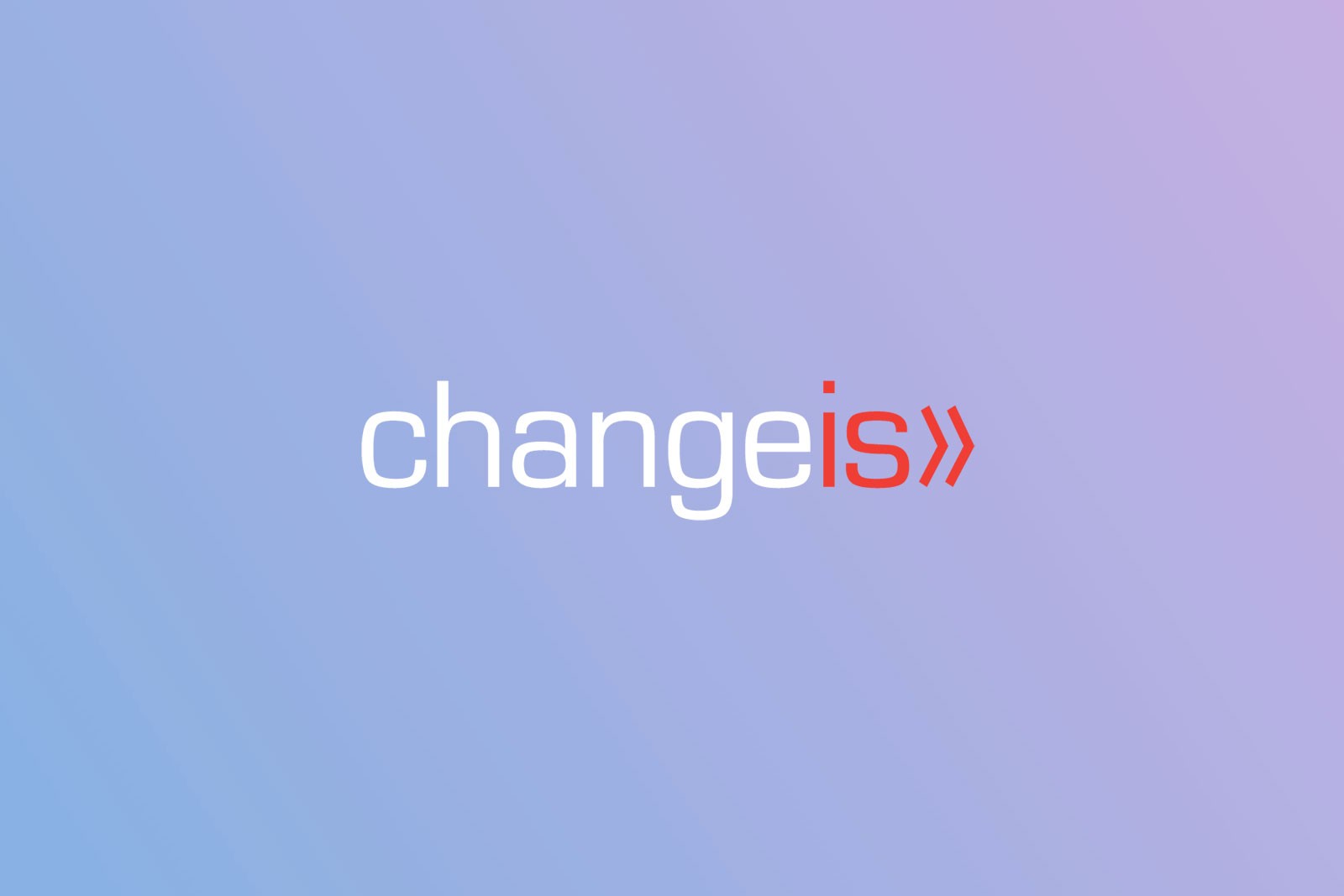Scrum is a framework for developing and sustaining complex products. While traditionally used for software development, many other industries and professionals are now recognizing the value of Scrum. A recent survey, The 2015 State of Scrum Report, suggests that Scrum is growing in popularity among various industries and is being used in a multitude of diverse environments.
Scrum is a type of Agile methodology which offers an alternative to traditional project management methods. Unlike traditional methods, Scrum employs the use of empowered teams to deliver product iterations through work cadences, known as sprints.
Who is Using Scrum and Why?
The survey respondents in the referenced report included almost 5,000 people representing:
- 108 countries,
- 14+ industries, and
- various functional areas including IT, software development, product development, operations, human resources, executives, and sales and marketing.
Although Scrum is still most widely found in Information Technology, an impressive 70% of respondents are employed in non-IT industries.
Almost half of those surveyed indicated that meeting customer needs is the highest business priority for Scrum projects. Fulfilling business needs was indicated as the second highest priority, with business needs being defined as
“meeting budget, time, and scope constraints.”
Scrum also reportedly promotes a friendly, productive work environment, where 87% said Scrum improves the quality of work life for their teams. A surprising 71% noted increased tension with other departments, possibly due to cultural changes a new Agile structure promotes.
What Does Scrum Look Like?
Most respondents adhere to core Scrum practices and standard recommendations:
- The average team size is 7, typically varying from 4-9
- About 60% of the teams used recommended 2-week sprints
- 81% hold daily team Scrums
- Sprint planning is conducted by 83% prior to each sprint
- 90% use at least some Scrum artifacts
- 81% hold retrospective meetings
Distributed Teams vs. Co-located Teams
Determining the physical proximity requirements of the team is a major decision that may have a significant impact on success. Respondents reported that 33% use distributed Scrum teams, while 26% are co-located. There are many studies available for additional review which address the effectiveness, benefits and challenges of distributed teams.
As is frequently the case, many organizations mix and match project management and development approaches.
Mixing and Matching Frameworks
The survey noted that not all organizations are using Scrum exclusively:
- 42% used Scrum exclusively
- 63% used Scrum alongside Waterfall
- 43% combined Scrum with Kanban, and
- 21% combined Scrum with Lean
Senior Management Support Key to Success
Survey respondents overwhelmingly said that high-level management support is the most important factor in adopting Scrum. In addition, initiatives that were filtered through a project management office were reported to have an impressive 93% success rate.
One key challenge reported is the difficulty in identifying and measuring the success of Scrum projects. Also challenging for organizations is the transition in moving from a Waterfall-based method to Scrum practices.
An overwhelming number of respondents indicated that they plan to continue using Scrum, and they will be expanding into other departments of their organizations. As organizations within varying industries outside of IT continue to embrace Agile methodologies, effective change management and senior management support of Scrum will be critical.
For best practices and guidance in implementing Agile methodologies, see our related articles.
Find topics such as:
Six Best Practices for Agile Strategic Planning
Agile Methodologies and the Federal Acquisition Regulation
Four Best Practices for Agile Commitment and Collaboration
Cost Savings through Agile Implementation: 8 Best Practices
